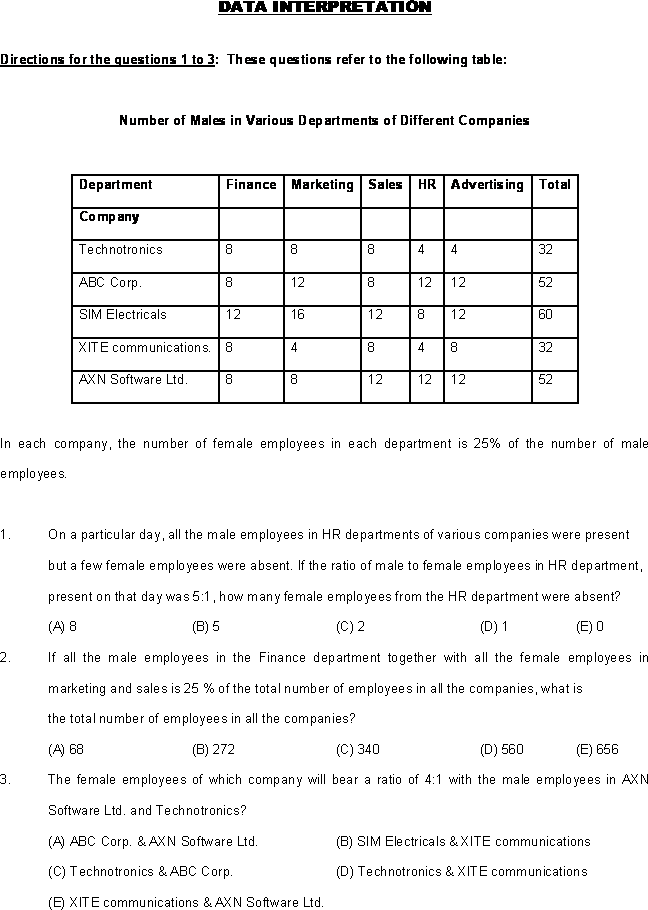Data interpretation (DI) is an integral part of the GRE Quantitative Reasoning section. It is characterised by questions based on line graphs, bar charts, tables, case-lets and numbers. DI questions evaluate the test takers' ability to interpret the given data one way or the other by forcing him to use mathematical calculations to reach the desired result. The questions are calculation-intensive and hence pose a lot of problems for individuals who cannot calculate and approximate the given data fast.
Experts from TCY recommend the following techniques to counter the DI challenge:
1. Read Directions: The first area to work upon in DI is "directions". Students must spend a little time in the beginning of the test to read the directions and understand the information given in the table/ chart or graph.
2. The catch: There are certain traps in the DI questions which one must understand in order to counter them. These are
i. Units: Never ignore the units given for the variables (in million dollars, in thousands etc.). Sometimes the answer choices are arranged in such a way that there is always a strong possibility to pick up the wrong one if one does not consider units.
ii. Variable: Don't confuse "change in the value of variable (production /sales /profit etc)" with "percentage change in the variable". You must understand that a change in the value is just the difference between the new and old value; on the other hand percentage change is given by %age change = (Ratio of change in value of the variable with the old value) X 100.
3. Calculations: Instead of wasting time in doing lengthy calculations, you must try to solve the questions using approximations.
4. Short cuts: One must use shortcuts to save time while calculating. For instance, here are two most widely used short cuts in DI:
i. Doubling the value of variable is equivalent to an increase of 100 per cent, tripling is equivalent to an increase of 200 per cent, quadrupling to 300 per cent and so on.
ii. A% of B = B% of A i.e. 97.6% of 25 is simply one-fourth of 97.6
Attempt the following 10 questions and see where you stand as regards the Data Interpretation section of GRE Quant. You may call them your 10 steps to perfection in Data Interpretation.
Click here here for the solutions to the questions with a detailed analysis.


Click here here for the solutions to the questions with a detailed analysis.
Top Careers & You (TCY) is an organisation that trains national and international students for high-end examinations viz. GRE, GMAT, CAT, SAT, IELTS and TOEFL.





